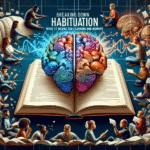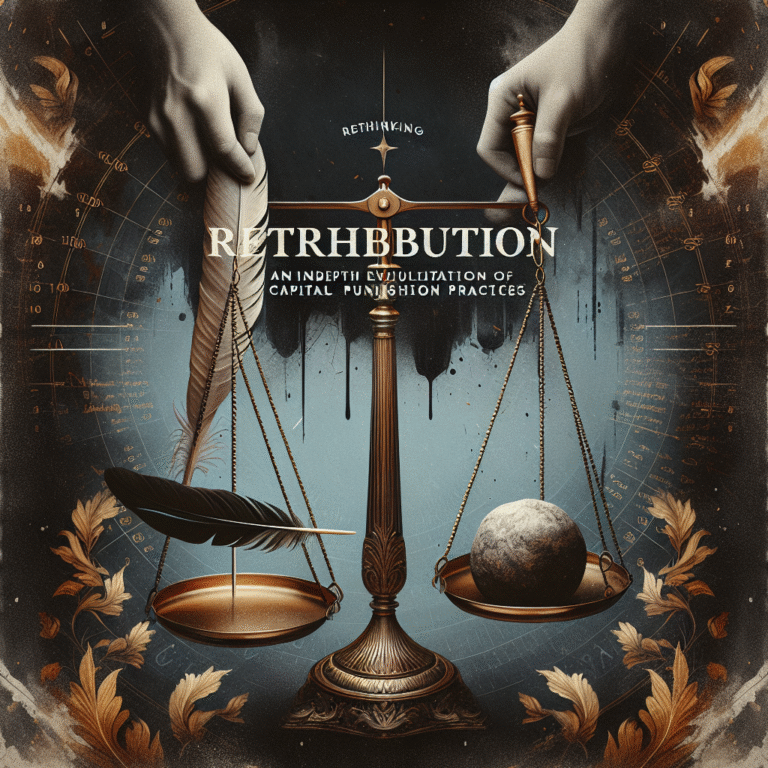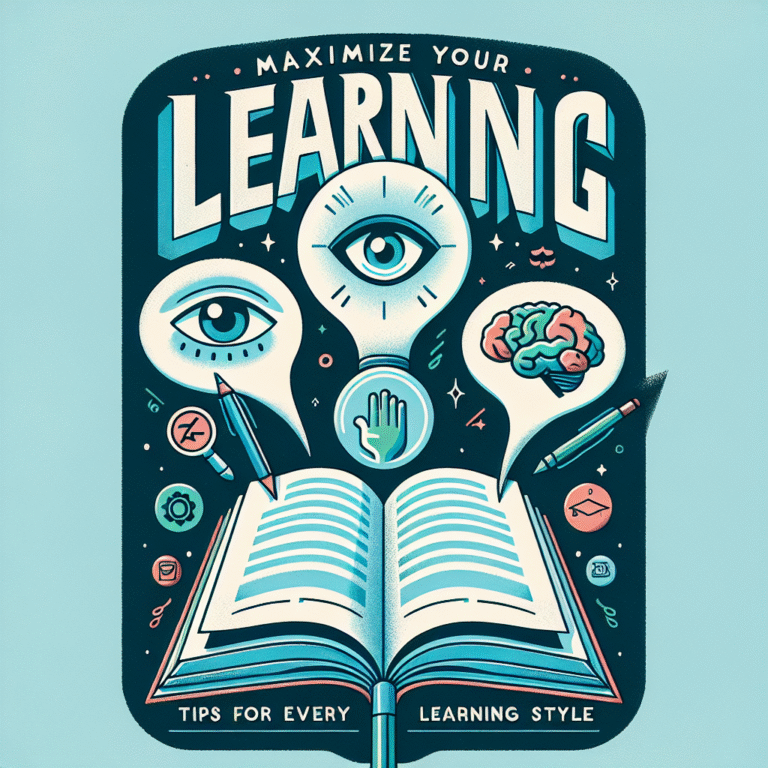
Introduction
In an age where data-driven decisions reign supreme, the importance of clear-headed analysis cannot be overstated. Yet, what happens when our minds become clouded by biases we didn’t even realize we possessed? "Rethinking the Evidence: How Cognitive Bias Shapes Investigation Strategies" explores this critical intersection of psychology and investigative work. Cognitive biases—those mental shortcuts influenced by our experiences, beliefs, and emotions—can lead us astray in crucial moments. Whether in criminal investigations, corporate due diligence, or personal decision-making, understanding these biases is essential for effectively gathering evidence and reaching accurate conclusions.
As we dive deeper into this fascinating topic, we’ll uncover the nuances of cognitive biases and how they can both aid and hinder investigative practices. Through compelling case studies and tangible strategies for reform, we’ll illustrate why rethinking the evidence could be the ultimate game-changer for investigators across various fields.
Understanding Cognitive Bias: A Crucial Foundation
Before we delve into how cognitive bias impacts investigation strategies, it’s necessary to lay the groundwork. Cognitive biases can be defined as systematic patterns of deviation from norm or rationality in judgment. They cause individuals to view situations through subjective lenses, often leading to ill-informed decisions.
Common Types of Cognitive Bias
- Confirmation Bias: Favoring information that confirms existing beliefs while disregarding contradictory evidence.
- Anchoring Bias: Relying too heavily on the first piece of information encountered when making decisions.
- Availability Heuristic: Overestimating the importance of information that easily comes to mind, often due to its dramatic or emotional nature.
- Hindsight Bias: Believing we had predicted an event’s outcome after it has occurred, which can distort learning from past experiences.
Understanding these biases is essential for "Rethinking the Evidence: How Cognitive Bias Shapes Investigation Strategies" because they serve as impediments to effective investigations.
The Real-World Impact: Case Studies
Case Study 1: The McMartin Preschool Trial
One of the most infamous cases in U.S. history, the McMartin Preschool trial of the 1980s, exemplifies how cognitive bias can distort investigative outcomes. The case hinged on allegations of child abuse, driven primarily by the testimonies of children. Investigators, influenced by confirmation bias, focused on evidence that supported their preconceived notions while dismissing contradictory accounts.
Analysis
The consequences were devastating—lengthy trials, wrongful accusations, and profound societal fear. This case demonstrates how rethinking evidence isn’t just a theoretical exercise; it can have life-altering repercussions. Understanding cognitive bias could have shaped a more balanced investigation strategy.
Case Study 2: IBM and the "Data Hoarding" Dilemma
On the corporate front, IBM faced significant challenges in analyzing vast data sets, which led to a phenomenon known as "data hoarding." Employees often clung to data that confirmed their reports but overlooked other data that might lead to a different story.
Analysis
This behavior, influenced by the anchoring bias, hampered IBM’s decision-making processes. By rethinking their evidence-gathering strategies and emphasizing a more objective review process, the company was better equipped to harness its data effectively, ultimately leading to improved performance and innovation.
The Cognitive Bias Laboratory: How Biases Manifest in Investigations
Investigators are not immune to cognitive biases. The ways these biases manifest can have serious implications on evidence gathering, analysis, and conclusion formulation.
Investigative Techniques: Balancing Objectivity and Subjectivity
- Double-Blind Procedures: To minimize bias, ensure that the collector of evidence and the evaluator are independent.
- Devil’s Advocate Approach: Incorporate diverse perspectives to challenge assumptions and prevent singular narratives.
- Random Sampling: Use random methods to select samples for analysis, ensuring a more balanced outlook on data.
Table: Strategies for Minimizing Cognitive Bias in Investigations
| Strategy | Description | Impact |
|---|---|---|
| Double-Blind Procedures | Separates evidence collection from evaluation | Reduces bias |
| Devil’s Advocate Approach | Challenges prevailing notions | Expands views |
| Random Sampling | Ensures balanced data representation | Minimizes focus on extremes |
Rethinking the Evidence: An Invitation to Innovate
Given the powerful influence of cognitive bias, rethinking evidence strategies represents not just an option, but a necessity in today’s investigative landscape. When investigators proactively address potential biases, they unlock greater potential for accuracy and integrity in their findings.
Cultivating a Bias-Aware Culture
Incorporating bias awareness into training programs can greatly enhance the efficacy of investigation strategies:
- Awareness Training: Regular workshops on cognitive biases can keep investigators vigilant.
- Feedback Mechanisms: Implement processes that solicit feedback on investigative practices, allowing for continuous improvement.
- Interdisciplinary Collaboration: Partner with psychologists and data analysts to create a holistic investigative approach.
Conclusion: The Future of Investigation Awaits
As we conclude our exploration of "Rethinking the Evidence: How Cognitive Bias Shapes Investigation Strategies," it’s critical to reiterate the significance of rigorously examining cognitive biases. The stakes are high; thorough investigations can lead to justice, innovation, and better decision-making. In an era of misinformation and complex data, the ability to discern truth from bias is more crucial than ever.
By recognizing our cognitive limitations and actively working to mitigate them, we can not only improve investigation strategies but also foster a culture of justice, fairness, and accuracy. With actionable insights in hand, it’s time to embrace a future where evidence is approached with renewed clarity and purpose.
FAQs Section
1. What is cognitive bias?
Cognitive bias refers to systematic errors in judgment that result from the way our brain processes information. These biases affect decisions and opinions, often without us realizing it.
2. How does cognitive bias affect investigations?
Cognitive bias can lead investigators to overlook critical pieces of evidence, reinforce false narratives, or make decisions based on insufficient information, ultimately skewing outcomes.
3. What strategies can minimize cognitive bias in investigations?
Key strategies include employing double-blind procedures, utilizing the devil’s advocate approach, and ensuring random sampling for evidence collection.
4. Can cognitive bias have positive effects in investigations?
While cognitive biases often lead to poor decision-making, some biases, like intuition or heuristics, can provide quick, effective judgments in certain situations. The goal should be to balance these instincts with structured reasoning.
5. How can organizations improve awareness of cognitive bias?
Organizations can implement bias training programs, create a culture of open feedback, and engage in interdisciplinary collaboration to enhance awareness and counteract the effects of cognitive biases.
By deeply engaging with the principles outlined in "Rethinking the Evidence: How Cognitive Bias Shapes Investigation Strategies," we open doors to more effective, unbiased investigation methods. Embrace the journey toward clarity and precision, and let us redefine how we uncover the truth together.














